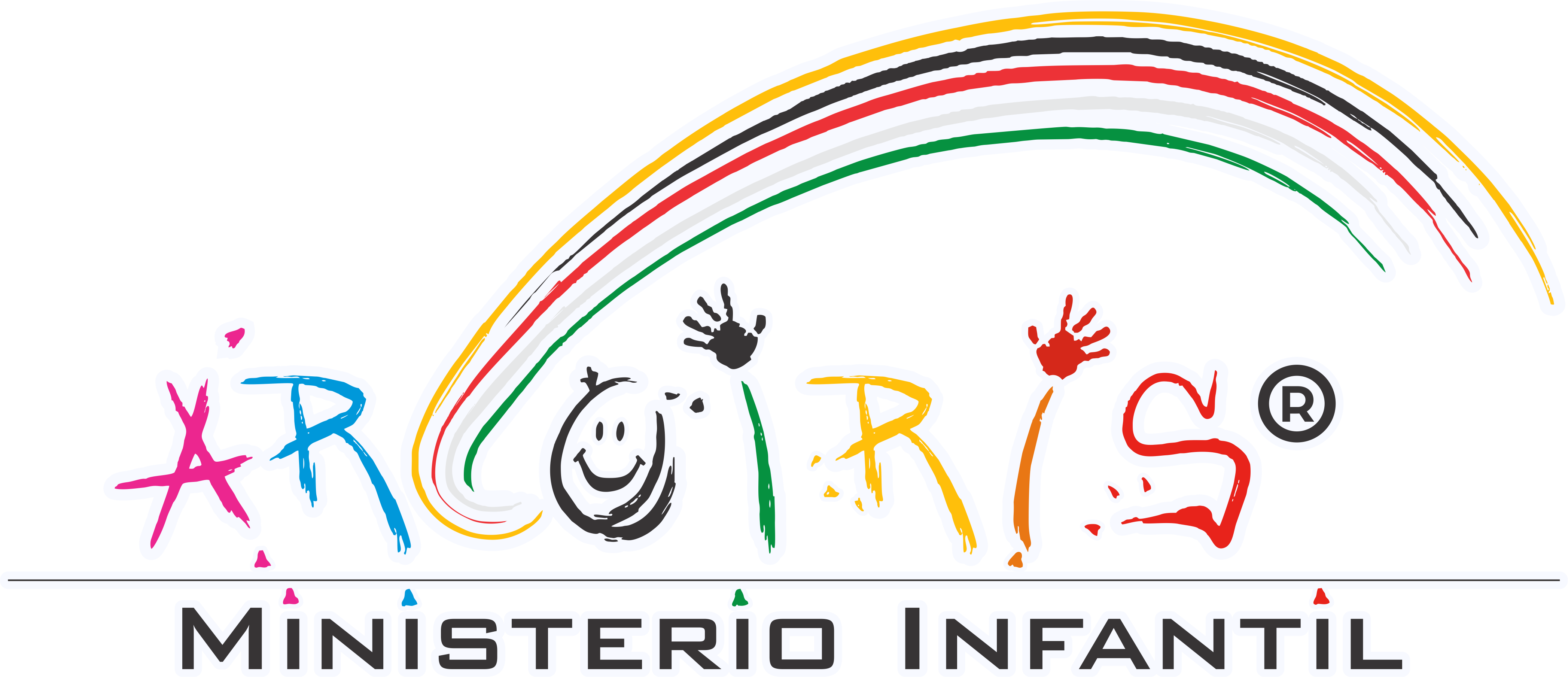If you are concerned about discussing death with your children, youre not alone. Many of us hesitate to talk about death, particularly with youngsters. But death is an inescapable fact of life. We must deal with it and so must our children; if we are to help them, we must let them know its okay to talk about it.
By talking to our children about death, we may discover what they know and do not know – if they have misconceptions, fears, or worries. We can then help them by providing needed information, comfort, and understanding. Talk does not solve all problems, but without talk we are even more limited in our ability to help.
What we say about death to our children, or when we say it, will depend on their ages and experiences. It will also depend on our own experiences, beliefs, feelings, and the situations we find ourselves in, for each situation we face is somewhat different. Some discussions about death may be stimulated by a news report or a television program and take place in a relatively unemotional atmosphere; other talks may result from a family crisis and be charged with emotions.
This pamphlet cannot possibly deal with every situation. It does provide some general information which may be helpfulinformation which may be adapted to meet individual needs.
Children are Aware
Long before we realize it, children become aware of death. They see dead birds, insects, and animals lying by the road. They may see death at least once a day on television. They hear about it in fairy tales and act it out in their play. Death is a part of life, and children, at some level, are aware of it.
If we permit children to talk to us about death, we can give them needed information, prepare them for a crisis, and help them when they are upset. We can encourage their communication by showing interest in and respect for what they have to say. We can also make it easier for them to talk to us if we are open, honest, and comfortable with our own feelings – often easier said than done. Perhaps we can make it easier for ourselves and our children if we take a closer look at some of the problems that might make communication difficult.
Communication Barriers
Many of us are inclined not to talk about things that upset us. We try to put a lid on our feelings and hope that saying nothing will be for the best. But not talking about something doesnt mean we arent communicating. Children are great observers. They read messages on our faces and in the way we walk or hold our hands. We express ourselves by what we do, by what we say, and by what we do not say.
When we avoid talking about something that is obviously upsetting, children often hesitate to bring up the subject or ask questions about it. To a child, avoidance can be a message – If Mummy and Daddy cant talk about it, it really must be bad, so I better not talk about it either. In effect, instead of protecting our children by avoiding talk, we sometimes cause them more worry and also keep them from telling us how they feel.
On the other hand, it also isnt wise to confront children with information that they may not yet understand or want to know. As with any sensitive subject, we must seek a delicate balance that encourages children to communicate – a balance that lies somewhere between avoidance and confrontation, a balance that isnt easy to achieve. It involves:
- trying to be sensitive to their desire to communicate when theyre ready
- trying not to put up barriers that may inhibit their attempts to communicate
- offering them honest explanations when we are obviously upset
- listening to and accepting their feelings
- not putting off their questions by telling them they are too young
- trying to find brief and simple answers that are appropriate to their questions; answers that they can understand and that do not overwhelm them with too many words.
Perhaps most difficult of all, it involves examining our own feelings and beliefs so that we can talk to them as naturally as possible when the opportunities arise.
Not Having All theAnswers
When talking with children, many of us feel uncomfortable if we dont have all the answers. Young children, in particular, seem to expect parents to be all knowing – even about death. But death, the one certainty in all life, is lifes greatest uncertainty. Coming to terms with death can be a lifelong process. We may find different answers at different stages of our lives, or we may always feel a sense of uncertainty and fear. If we have unresolved fears and questions, we may wonder how to provide comforting answers for our children.
While not all our answers may be comforting, we can share what we truly believe. Where we have doubts, an honest, I just dont know the answer to that one, may be more comforting than an explanation which we dont quite believe. Children usually sense our doubts.White lies, no matter how well intended, can create uneasiness and distrust. Besides, sooner, or later, our children will learn that we are not all knowing, and maybe we can make that discovery easier for them if we calmly and matter-of-factly tell them we dont have all the answers. Our non-defensive and accepting attitude may help them feel better about not knowing everything also.
It may help to tell our children that different people believe different things and that not everyone believes as we do, e.g., some people believe in an afterlife; some do not. By indicating our acceptance and respect for others beliefs, we may make it easier for our children to choose beliefs different from our own but more comforting to them.
Overcoming the Taboos
Death is a taboo subject, and even those who hold strong beliefs may avoid talking about it. Once death was an integral part of family life. People died at home, surrounded by loved ones. Adults and children experienced death together, mourned together, and comforted each other.
Today death is lonelier. Most people die in hospitals and nursing homes where they receive the extensive nursing and medical care they need. Their loved ones have less opportunity to be with them and often miss sharing their last moments of life. The living have become isolated from the dying; consequently, death has taken on added mystery and, for some, added fear.
Many people are beginning to recognize that treating death as a taboo does a disservice to both the dying and the living, adding to loneliness, anxiety, and stress for all. Efforts are underway to increase knowledge and communication about death as a means of overcoming the taboo. Scientists are studying the dying to help the living better understand how dying individuals experience their approaching deaths.
Childrens perceptions also are being studied for a better understanding of how they think about death. Researchers have found that two factors seem to influence childrens conception of death – theirdevelopmental stagesand their experiences [their environments, ethnic, religious, and cultural backgrounds, and their personal way of seeing things].
Developmental Stages
Studies show that children go through a series of stages in their understanding of death. For example, preschool children usually see death as reversible, temporary, and impersonal. Watching cartoon characters on television miraculously rise up whole again after having been crushed or blown apart tends to reinforce this notion.
Between the ages of five and nine, most children are beginning to realize that death is final and that all living things die, but still they do not see death as personal. They harbor the idea that somehow they can escape through their own ingenuity and efforts. During this stage, children also tend to personify death. They may associate death with a skeleton or the angel of death, and some children have nightmares about them.
From nine or ten through adolescence, children begin to comprehend fully that death is irreversible, that all living things die, and that they too will die some day. Some begin to work on developing philosophical views of life and death. Teenagers, especially, often become intrigued with seeking the meaning of life. Some youngsters react to theirfear of deathby taking unnecessary chances with their lives. In confronting death, they are trying to overcome their fears by confirming their control over mortality.
The Individual Experience
While it can be helpful to know that children go through a series of stages in the way they perceive death, it is important to remember that, as in all growth processes, children develop at individual rates. It is equally important to keep in mind that all children experience life uniquely and have their own personal ways of expressing and handling feelings. Some children ask questions about death as early as three years of age. Others may outwardly appear to be unconcerned about the death of a grandparent, but may react strongly to the death of a pet. Some may never mention death, but act out their fantasies in their play; they may pretend that a toy or pet is dying and express their feelings and thoughts in their make-believe game, or they may play death games with their friends, taking turns dying or developing elaborate funeral rituals.
No matter how children cope with death or express their feelings, they need sympathetic and nonjudgmental responses from adults. Careful listening and watching are important ways to learn how to respond appropriately to a childs needs.
The Challenge of Talking to a Young Child
Communicating with preschoolers or young school-age children about any subject can be challenging. They need brief and simple explanations. Long lectures or complicated responses to their questions will probably bore or confuse them and should be avoided. Using concrete and familiar examples may help. For instance, Dr. Earl A. Grollman suggests in his book,Explaining Death to Children, that death may be made more comprehensible by explaining it in terms of the absence of familiar life functions – when people die they do not breathe, eat, talk, think, or feel any more; when dogs die they do not bark or run any more; dead flowers do not grow or bloom any more.
A child may ask questions immediately or may respond with thoughtful silence and come back at a later time to ask more questions. Each question deserves a simple and relevant answer. Checking to see if a child has understood what has been said is critical; youngsters sometimes confuse what they hear. Also, children learn through repetition, and they may need to hear the same question answered over and over again. As time passes and children have new experiences, they will need further clarification and sharing of ideas and feelings.
It may take time for a child to understand fully the ramifications of death and its emotional implications. A child who knows that Uncle Ed has died may still ask why Aunt Susan is crying. The child needs an answer. Aunt Susan is crying because she is sad that Uncle Ed has died. She misses him very much. We all feel sad when someone we care about dies.
There are also times when we have difficulty hearing what children are asking us. A question that may seem shockingly insensitive to an adult may be a childs request for reassurance. For instance, a question such as, When will you die? needs to be heard with the realization that the young child perceives death as temporary. While the finality of death is not fully understood, a child may realize that death means separation, and separation from parents and the loss of care involved are frightening. Being cared for is a realistic and practical concern, and a child needs to be reassured. Possibly the best way to answer such a question is by asking a clarifying question in return: Are you worried that I wont be here to take care of you? If that is the case, the reassuring and appropriate answer would be something like, I dont expect to die for a long time. I expect to be here to take care of you as long as you need me, but if Mummy and Daddy did die, there are lots of people to take care of you. Theres Aunt Ellen and Uncle John or Grandma.
Other problems can arise from childrens misconceptions about death. Dr. R. Fulton, in Grollmans Explaining Death to Children, points out that some children confuse death with sleep, particularly if they hear adults refer to death with one of the many euphemisms for sleep – eternal rest, rest in peace.
As a result of the confusion, a child may become afraid of going to bed or of taking naps. Grandma went to sleep and hasnt gotten up yet. Maybe I wont wake up either.
Similarly, if children are told that someone who died went away, brief separations may begin to worry them. Grandpa went away and hasnt come back yet. Maybe Mummy wont come back from the shops or from work. Therefore, it is important to avoid such words as sleep, rest, or went away when talking to a child about death.
Telling children that sickness was the cause of a death can also create problems, if the truth is not tempered with reassurance. Preschoolers cannot differentiate between temporary and fatal illness, and minor ailments may begin to cause them unnecessary concern. When talking to a child about someone who has died as a result of an illness, it might be helpful to explain that only a very serious illness may cause death, and that although we all get sick sometimes, we usually get better again.
Another generalization we often make unthinkingly is relating death to old age. Statements such as, Only old people die or, Aunt Hannah died because she was old can lead to distrust when a child eventually learns that young people die, too. It might be better to say something like, Aunt Hannah lived a long time before she died. Most people live a long time, but some dont. I expect you and I will.
Religion and Death
Religion is a prime source of strength and sustenance to many people when they aredealing with death. But if religion has not played an important role in a familys life before death, a child may be confused or frightened by the sudden introduction of religious explanations or references. Children tend to hear words literally, and religious explanations that may comfort an adult may unsettle a child. For example, the explanation, Baby brother is with God now, or It is Gods will, could be frightening rather than reassuring to the young child who may worry that God might decide to come and get her just as He did baby brother.
Also, mixed messages are confusing, deepening apprehensions and misunderstandings children may have about death. A statement such as Jimmy is happy now that he is in Heaven with the angels, when coupled with obvious and intense grief, can leave them not knowing which to trust – what they see or what they hear. They may wonder why everyone is so unhappy if Jimmy is happy. They need to hear something about the sadness we feel about losing Jimmy as we knew and experienced him, in addition to our expressions of religious faith.
Regardless of how strong or comforting religious beliefs may be, death means the loss of a living being, the absence of a physical presence. It is a time of sadness and mourning. It is important to help children accept the realities of death – the loss and the grief. Attempts to protect children deny them opportunities to share their feelings and receive needed support. Sharing feelings helps. Sharing religious beliefs also helps if done with sensitivity to how children are perceiving and understanding what is happening and what is being said. It is important to check with them to find out how they are hearing and seeing events around them.
Discover more from Ministerio Infantil Arcoíris
Subscribe to get the latest posts sent to your email.





